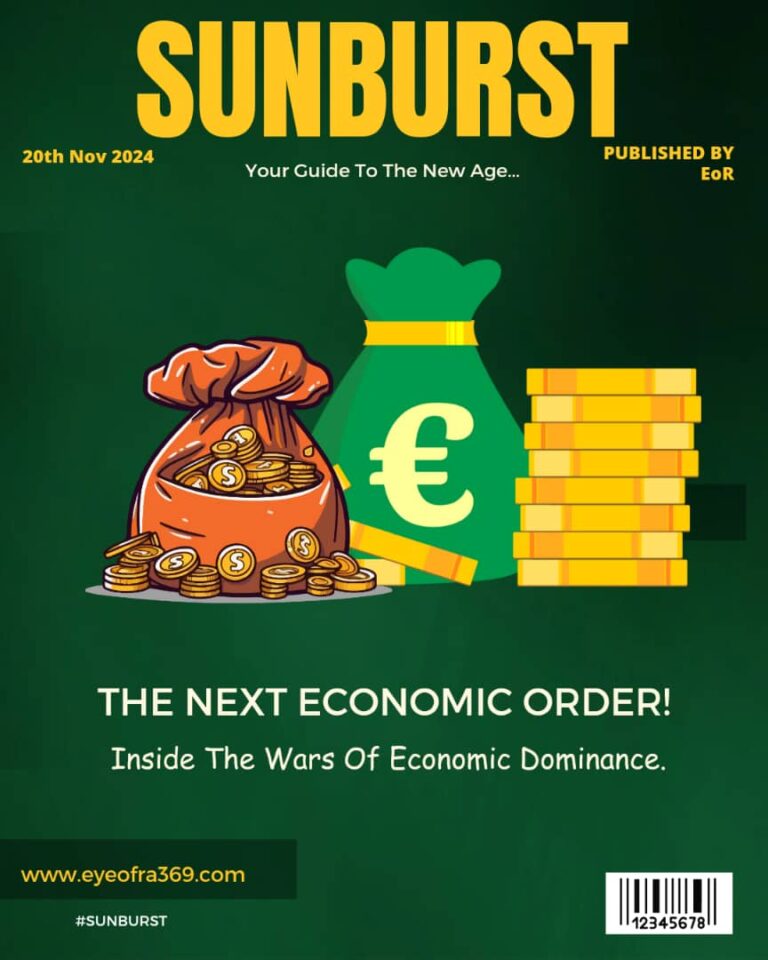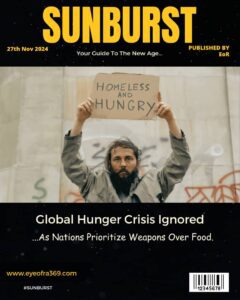Money has evolved through five distinct stages over the last 6,000 years.
From the ancient trade-by-barter system called commodity money, to the era of coinage known as metallic money, to the present-day paper money, credit money (cheques), and plastic money (credit/debit cards).

Each stage of this monetary evolution contains three phases of a cycle: rise, peak, and fall. The energy required to take off and rise high is huge, demanding, and consistent. At the peak, the energy stabilizes relatively and maintains a specific pattern until it begins to lose momentum and sustainability. Then the falling begins.
The rise of every stage/cycle is usually powered by a desire for change, enthusiasm, and innovation that leads to widespread acceptance, sprouting its roots and branches to become the acceptable standards. Each stage is later overpowered by new challenges demanding new solutions, thereby leading to the decline of that particular stage and the rise of another.
Currently, as more businesses and social activities happen in a virtually boundless space online, it is obvious that the world is set for the next stage of the evolution of money: digital money!
However, the future of digital money is hugely dependent on which civilization, country, or currency emerges strongest after looming ruthless confrontations.
The U.S. dollar became the dominant global currency through a combination of historical events and strategic economic policies. During World War I and II, the U.S. supplied goods to the Allies, who paid in gold, making the U.S. the largest holder of gold reserves.
This huge advantage in gold reserves propelled the U.S. to lead the transition from metallic money to paper money. In 1944, the Bretton Woods Agreement established the U.S. dollar as the world’s reserve currency, pegged to gold, while other currencies were pegged to the dollar.
The gold rush to dollar rush that heralded the post-World War II era saw the U.S. emerge as the world’s leading economic power, further solidifying the dollar’s dominance. The dollar became the primary currency for international trade and finance, making it essential for global transactions.
However, agitations, protests, and resistance are ratcheting up among other nations that decry over-dependency on the U.S. dollar, its excruciating economic disparities, and palpable political implications.
The BRICS nations—Brazil, Russia, India, China, and South Africa—have been discussing the creation of a new currency for some time. At the recent BRICS summit in Kazan, Russia, held from October 22 to 24, 2024, the group, buoyed by the emergence of new members and seeming popularity, unveiled a symbolic banknote representing their collective ambition to “dethrone” the U.S. dollar. BRICS nations are also concerned about the use of the dollar as a political tool, as often witnessed in sanctions.
Interestingly, the U.S. and Western allies haven’t failed to signal their readiness to vehemently resist any attempt to disrupt the current global economic order. Anyone or any group that feels it wants it overturned must be ready to get into the ring for bloody confrontations—a fight to the death. But how long will this economic grip on the planet last?
One thing is clear: the next global conflict will be fought on this precipice of global distribution of wealth. Unfortunately, it is closer than ever!
May Lights Shine On Our Paths.
Authored by EoR
(SUNBURST unveils the cryptic contemplations of EoR).









One Response
Another Revolution is here